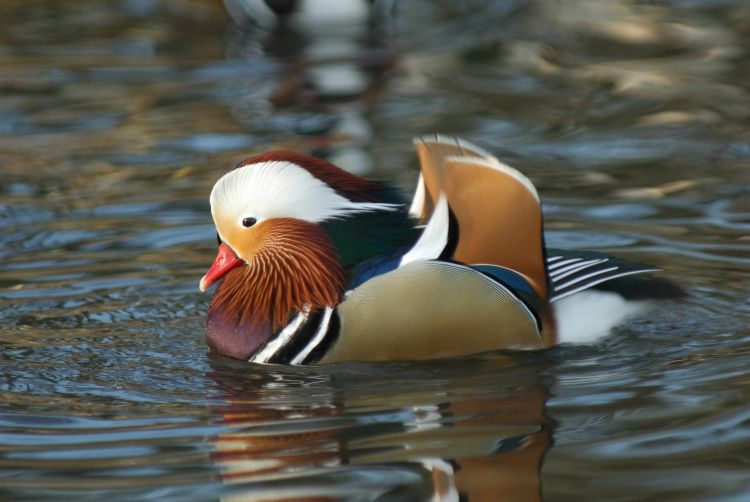Non-native species
The deliberate or accidental introduction of species beyond their native range has led to the loss of biodiversity throughout the world and economic damage to agriculture and other sectors. Effects of introduced non-native species on native biodiversity can include competition, habitat change or loss, predation, hybridisation and disease. As such, several international Directives, Conventions and Agreements include requirements to avoid the introduction of new non-native species and monitor those that have already been introduced.
BTO surveys such as the Wetland Bird Survey allow us to monitor the distribution and spread of non-native waterbirds. We have conducted reviews of the status of non-native waterbird populations throughout Europe, Africa and the Middle East for the African-Eurasian Waterbird Agreement (Blair et al. 2000, Banks et al. 2008). Over 100 species of waterbird were found to have introduced populations in the region, with most in northern and western Europe. Despite relatively good knowledge of the distribution of introduced waterbirds, very few studies had investigated the impacts of these species on native biodiversity. There is clearly a requirement for further research in this field.
References
Banks, A.N., Wright, L.J., Maclean, I.M.D. & Rehfisch, M.M. 2008. Review of the Status of Introduced Non-Native Waterbird Species in the Area of the African-Eurasian Waterbird Agreement: 2007 Update. BTO Research Report 489. BTO, Thetford.
Blair, M.J., McKay, H., Musgrove, A.J. & Rehfisch, M.M. 2000. Review of the status of introduced non-native waterbird species in the agreement area of the African-Eurasian Waterbird Agreement. BTO Research Report 229. BTO, Thetford.







Share this page